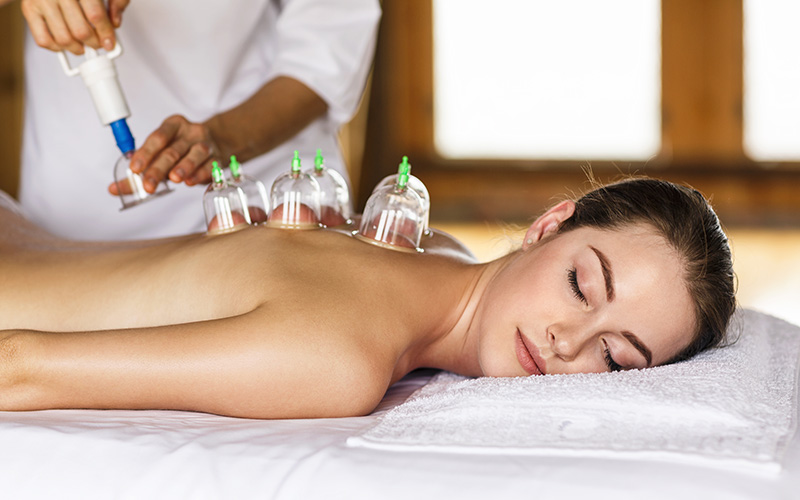Pelvic Pain: When to Seek Help

Many women suffer from pelvic, vaginal, abdominal or rectal pain. They often undergo many tests and even invasive surgeries to try and fix this problem, but continue to suffer from pain. Many women are afraid to even approach the subject with their physicians because they are ashamed or embarrassed. Pain in these regions is not normal and it will likely not go away on its own. Pain is usually a sign of an underlying problem that needs to be addressed.










